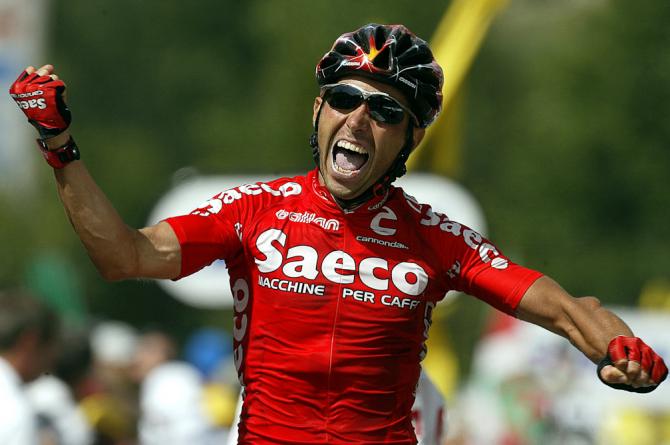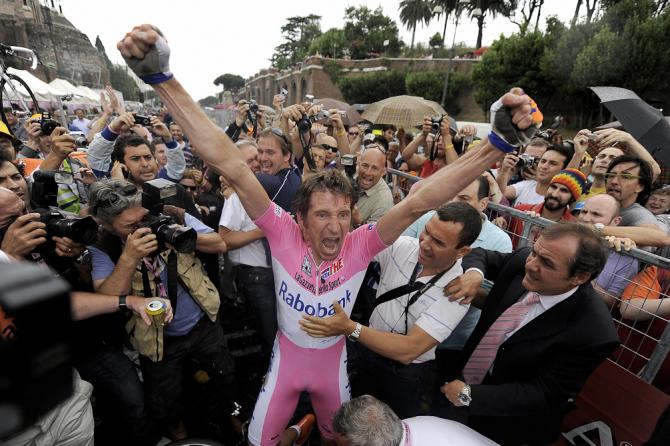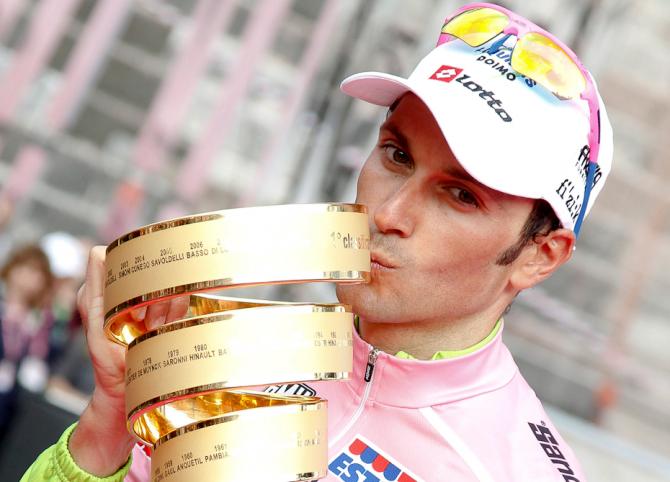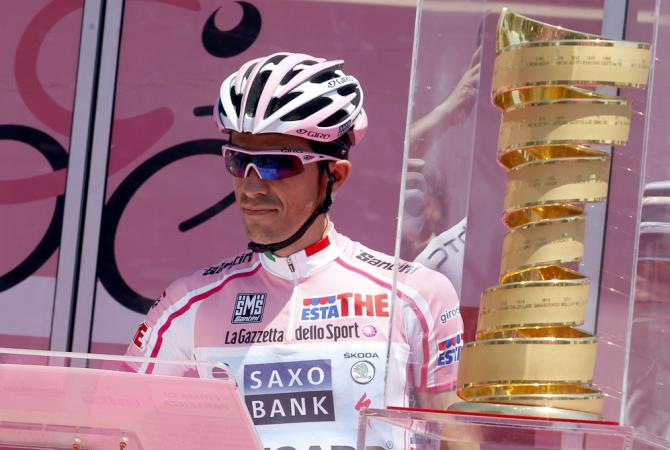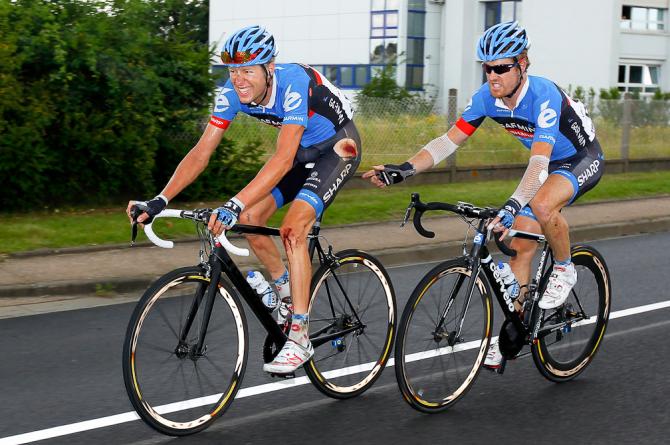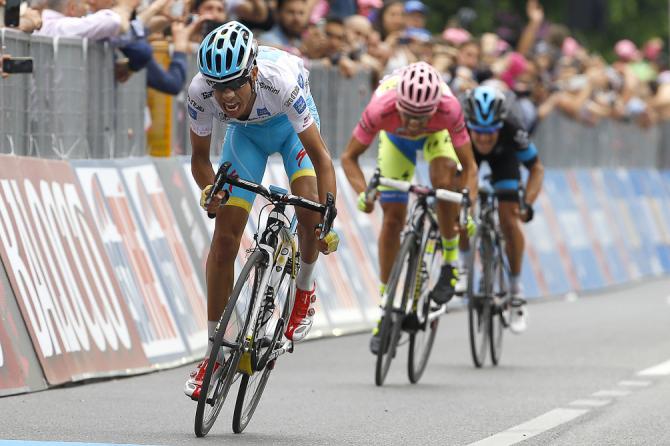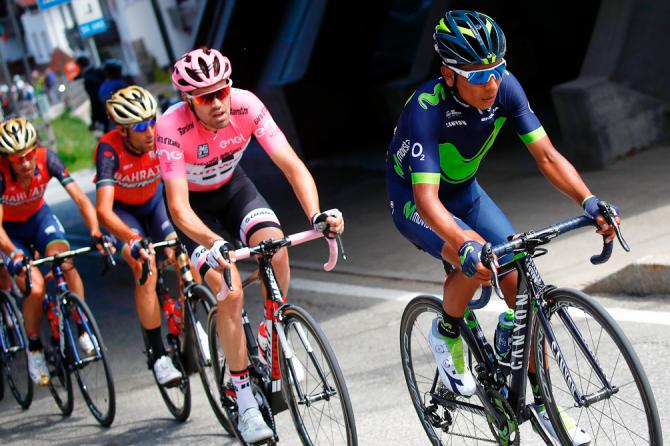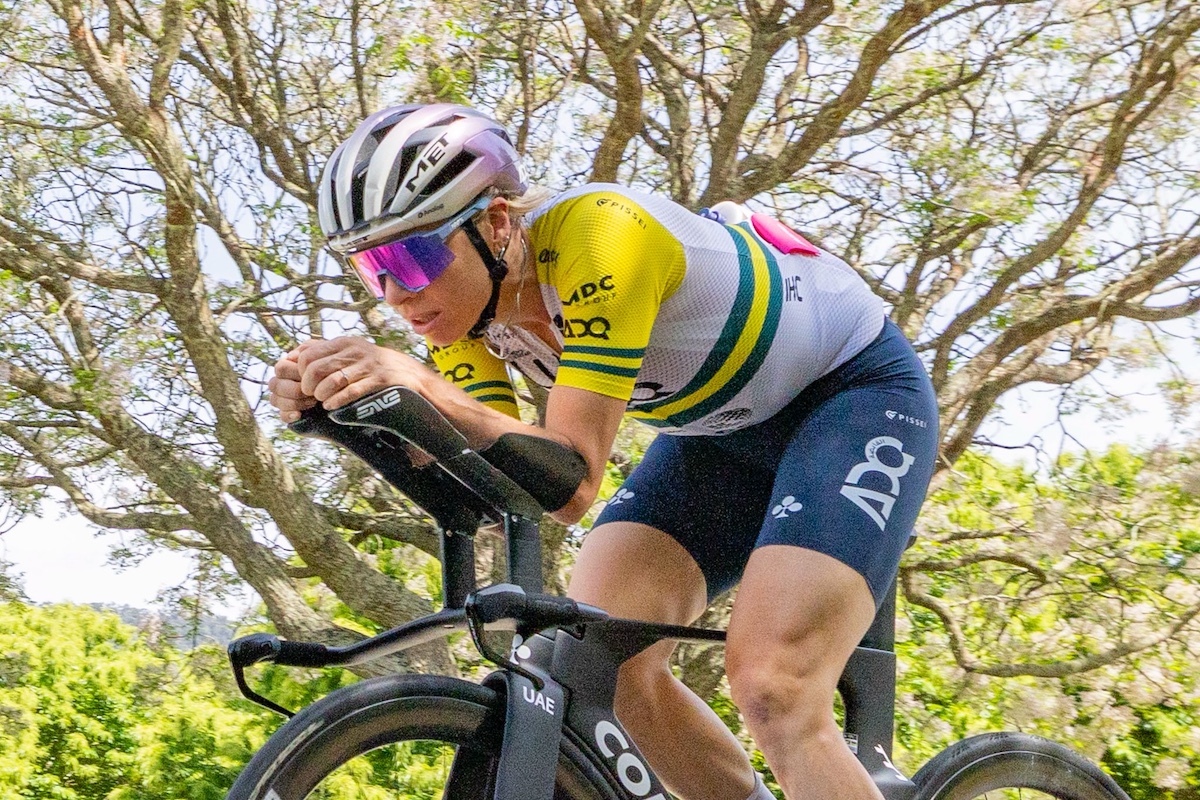A history of Giro-Tour double failures
Ahead of Froome's challenge Cyclingnews looks back at attempts that went wrong
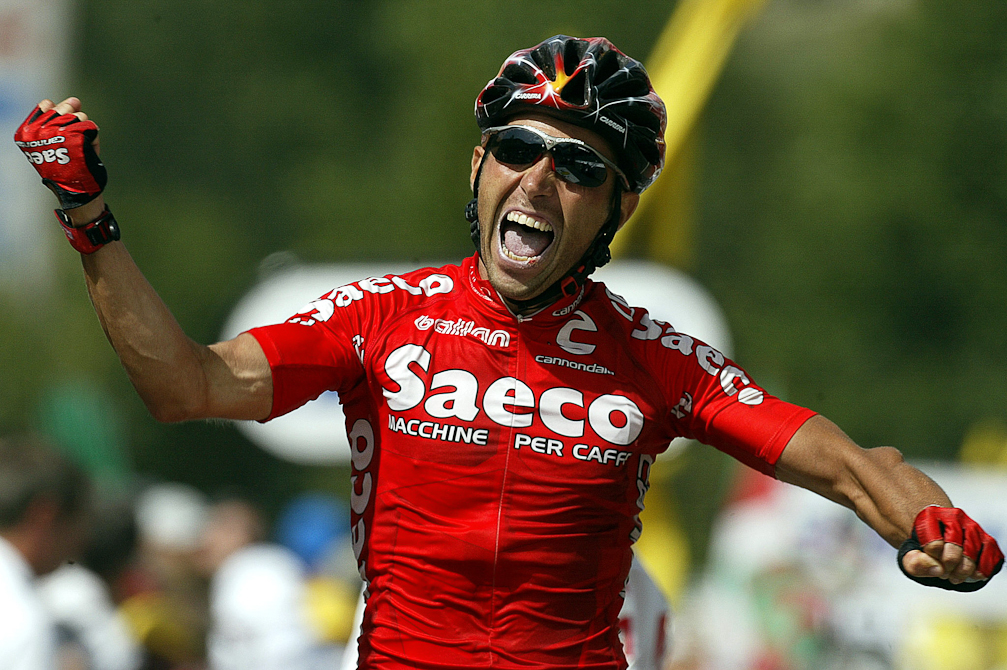
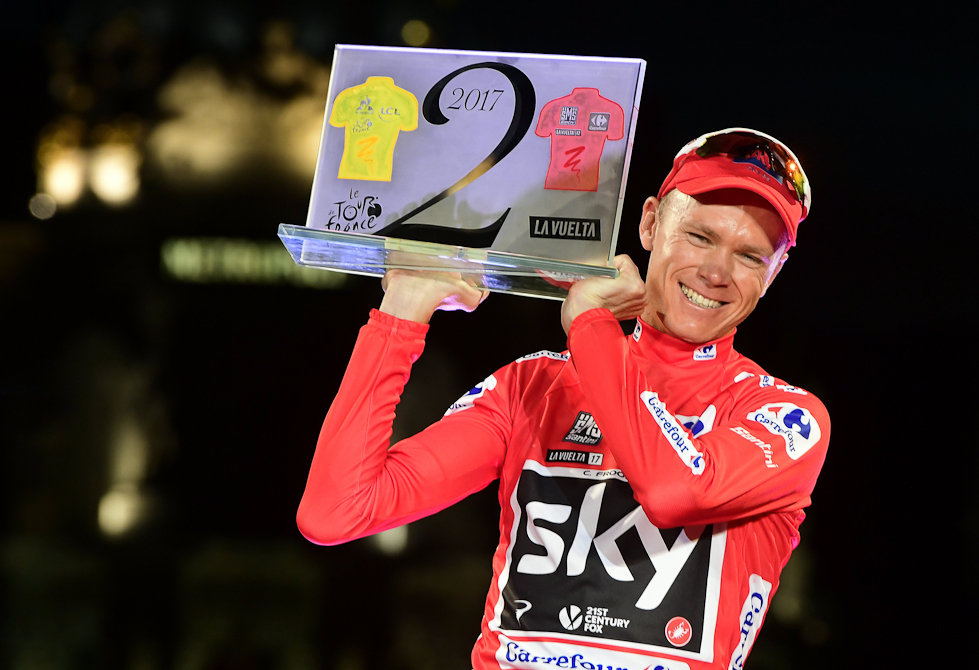
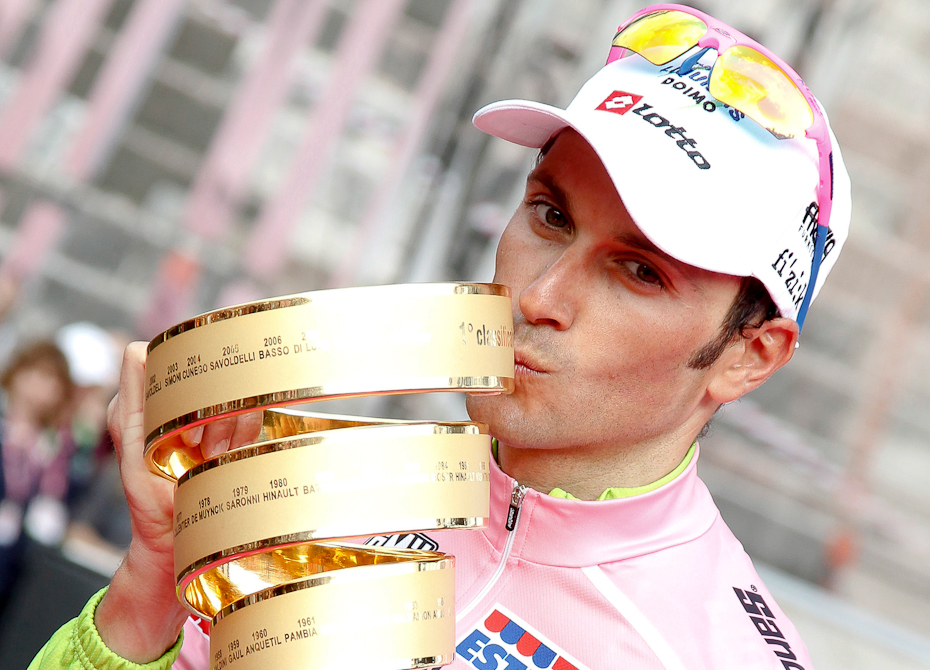
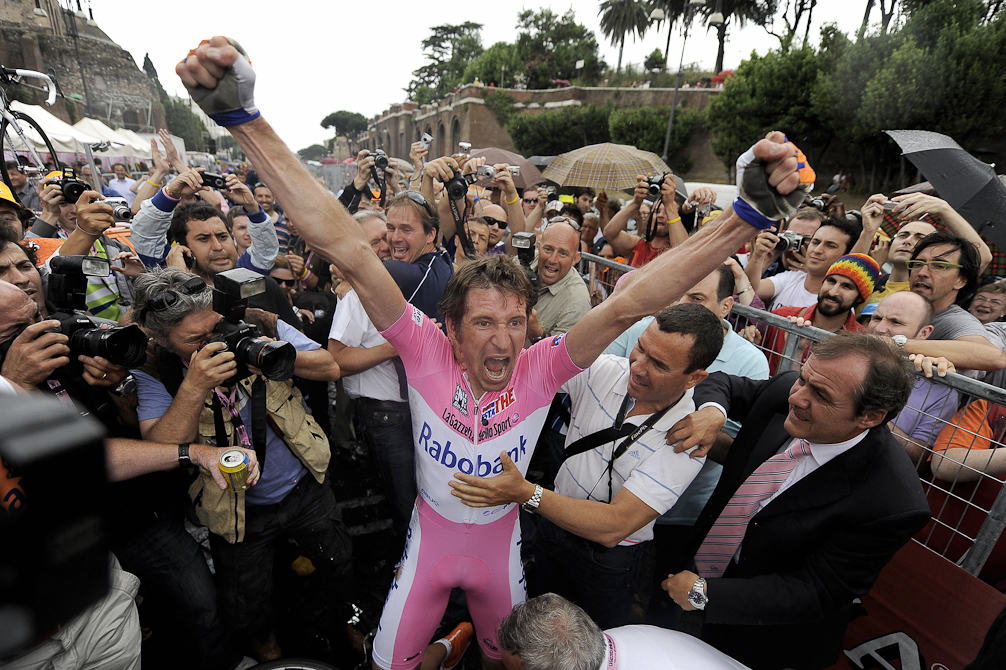
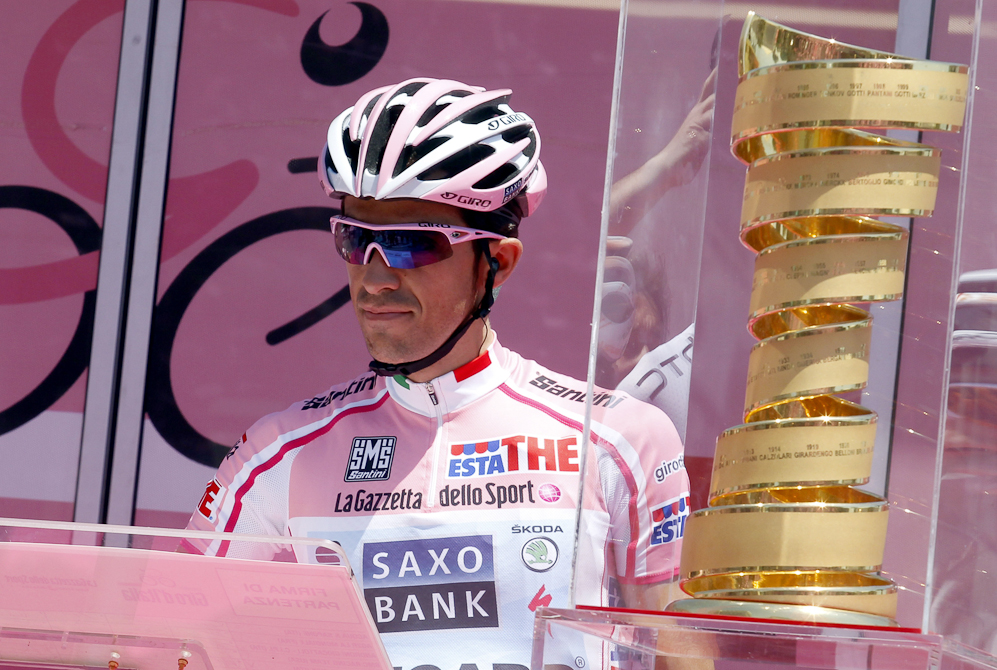
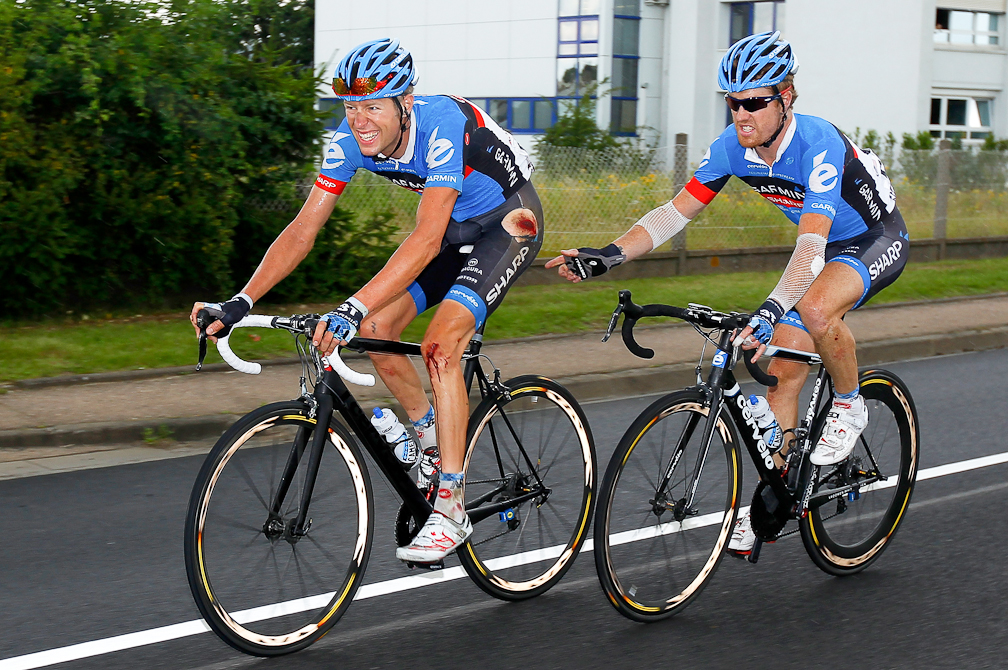
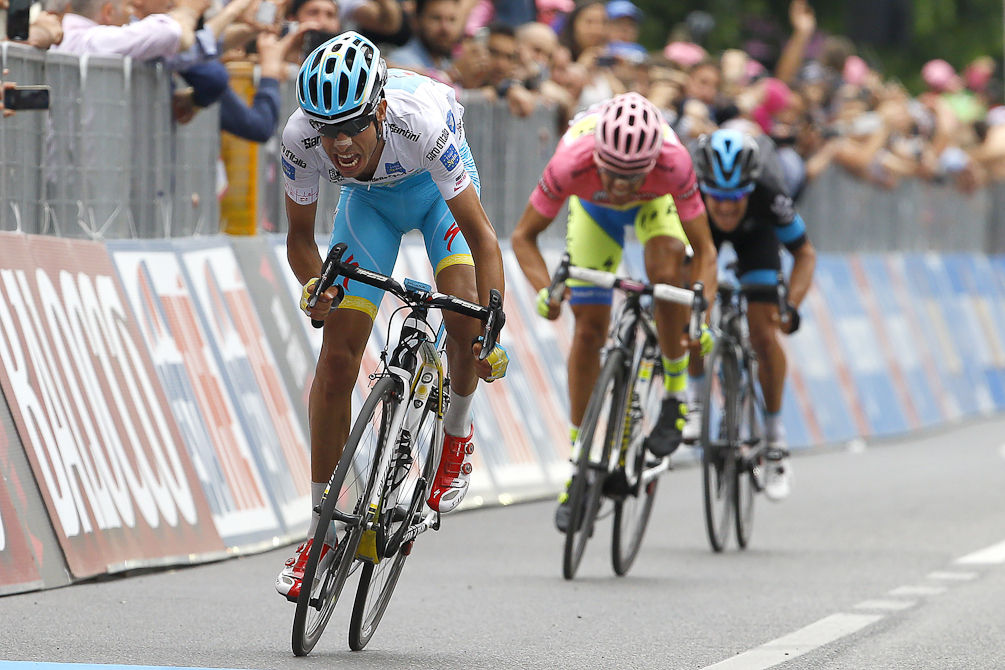
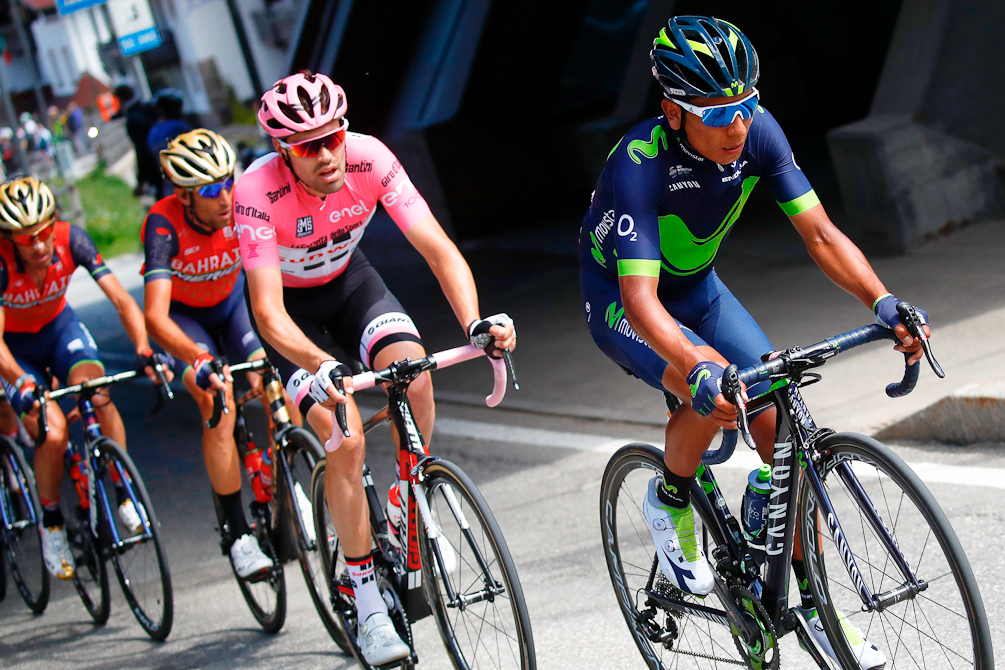
After becoming just the third rider to win the Tour de France and the Vuelta a Espana in the same season, Chris Froome (Team Sky) has set his sights on another major goal: winning the Giro d'Italia and the Tour de France double in 2018.
Sky and the Giro d'Italia: The highs and lows since 2010
Chris Froome confirms Giro d'Italia participation
2018 Giro d'Italia route revealed
Giro d'Italia 2018: Five key stages
Rivals react to Chris Froome's Giro d'Italia bid
2018 Giro d'Italia route unveiled in Milan - Gallery
'A start fee for Froome? I flatly deny that,' says Giro d'Italia director
Giro d'Italia removes reference to 'West Jerusalem' following Israeli protest
The 2018 Giro d'Italia by the numbers
Giro d'Italia analysis and Froome's double Grand Tour challenge - Podcast
Of the Grand Tour combinations, the Giro-Tour double is the one that has been achieved the most. Seven riders have completed it 12 times compared to three apiece for the Tour-Vuelta and the Giro-Vuelta. However, it has proved elusive in recent years, with Marco Pantani the last rider to achieve the double in 1998. Previously, Fausto Coppi, Jacques Anquetil, Eddy Merckx, Bernard Hinault, Stephen Roche and Miguel Indurain have all won the two events in the same season.
There are a number of factors in this, with luck also playing a role, and Lance Armstrong's dominance of the Tour de France also having an impact. The decision by a larger proportion of riders to target a single event and changes in the calendar are also contributory factors.
Pantani is the only rider to have done the double since the gap between the Giro d'Italia and the Tour de France stretched out to five weeks. It has previously been as little as three. When Chris Froome makes his attempt, there will be six weeks between the two. How this will impact his effort, nobody yet knows.
Some Giro winners have gone on to ride the Tour the same year but have done so as support riders, such as Paolo Savoldelli in 2005 and Vincenzo Nibali in 2016. Just six riders have attempted to win both back-to-back since Pantani in 1998, with varying degrees of success, but none have managed to win both.
Cyclingnews takes a look back at those attempts and why they went wrong.
Gilberto Simoni (Saeco) wins stage 14 of the 90th Tour de France in 2003. (Getty Images Sport)
The latest race content, interviews, features, reviews and expert buying guides, direct to your inbox!
Gilberto Simoni (2003)
Gilberto Simoni was the first rider to make a concerted effort on the Giro-Tour double after Pantani's 1998 success. Simoni had already won the Giro d'Italia two years previously when he made his bid for the double in 2003. He was unable to defend his title the following season when he was thrown from the race following his stage 11 victory after traces of cocaine were found in his system. He was eventually cleared of doping and returned to finish 10th at the Vuelta a Espana later that year.
Simoni began his 2003 campaign at the Tour of Qatar at the end of January and rode a sparse calendar in the build-up to the Giro d'Italia. Wins at the Giro del Trentino and Giro dell'Appennino sent him into his home Grand Tour with plenty of confidence. He took hold of the maglia rosa after stage 10 and three stage victories would cement a 7:06 win over compatriot Stefano Garzelli.
The Tour did not go as well for Simoni, who didn't race in the five-week gap between the two. After an uneventful start, things began to unravel for the Italian in the stage 4 time trial to Saint-Dizier. He lost three minutes on that day and a further 10 when the race hit the mountains two days later. A stage win in the second week would salvage some pride but he would finish two and a half hours down on Lance Armstrong in the end.
He would ride the Giro and the Tour in the same season two more times with third and 17th respectively his best combination.
Denis Menchov (Rabobank) celebrates winning the 92nd Giro d'Italia in 2009. (Getty Images Sport)
Denis Menchov (2009)
There would not be another serious attempt on a Giro-Tour double for six years after Simoni's failed effort. Denis Menchov was the next rider to throw his hat into the ring in 2009. The Russian had ridden both the previous year, finishing fifth in his debut Giro d'Italia and going on to take fourth at the Tour de France (that would later be upgraded to third with the disqualification of Bernhard Kohl).
Menchov packed in a busy schedule in the run up to the Giro d'Italia, taking overall victory at the Vuelta a la region de Murcia along the way. Menchov's rival Danilo di Luca had the early upper hand, taking a few seconds on the Rabobank rider in the opening team time trial. Di Luca would move into pink on stage five, despite Menchov winning the stage, but the Russian would take it from his shoulders with another win on the stage 12 time trial. Despite a crash in the rain on the final time trial stage in Rome, Menchov would win overall by 41 seconds.
The Tour de France was an unmitigated disaster for Menchov. He lost time from start to finish and ending the three weeks in 51st place. He was stripped of the result in 2014 after a biological passport violation, although he kept hold of his Giro d'Italia victory.
Ivan Basso (Liquigas-Doimo) won the 93rd Giro d'Italia in 2010. (Getty Images Sport)
Ivan Basso (2010)
Ivan Basso was not put off by Menchov's disappointment and tried his hand at the feat a year later. Basso won the Giro d'Italia in 2006 and intended on riding the Tour de France but was pulled from the line-up when the Operacion Puerto investigation exploded. In June 2007, he was handed a backdated two-year ban that kept him out of racing until the end of October 2008.
He returned to the Giro in 2009 and finished fifth, which would eventually become third through disqualifications, but would miss the Tour and ride the Vuelta a Espana. With a solid year under his belt, Basso went to the Giro d'Italia and beat David Arroyo by 1:51 after taking the pink jersey from the Spaniard on stage 19.
As with previous attempts, Basso was unable to hold the form into July. He was almost 40 minutes down by the end of the second week. The penultimate day time trial, where he lost close to 10 minutes, was the final nail in the coffin of his Giro-tour double hopes.
Alberto Contador in the maglia rosa at the 2011 Giro. (Getty Images Sport)
Alberto Contador (2011)
Alberto Contador is one of the few riders to have made multiple attempts at the Giro-Tour double. His first came in 2011 when he appeared to be at the height of his powers. He was also in the middle of a major controversy after he tested positive for Clenbuterol during the previous year's Tour de France.
Ignoring the painfully slow process that would eventually lead to his suspension and the removal of his results, including these two, Contador went into the Giro d'Italia as the overwhelming favourite. It was an emphatic performance by the Spaniard, who took two stage wins and beat Michele Scarponi by six minutes.
Contador looked a shadow of his usual self a few weeks later at the Tour, not helped by being caught behind a crash in the opening week. Further crashes impeded his progress and he struggled in the mountains before finishing almost four minutes down on eventual winner Cadel Evans.
It wasn't until February 2012 that the Clenbuterol case was wrapped up with Contador being handed a two-year backdated suspension.
Ryder Hesjedal and Tyler Farrar ride to the finish of stage 6 at the 2012 Tour de France. (Getty Images Sport).
Ryder Hesjedal (2012)
Ryder Hesjedal did not set out to win the Giro d'Italia and the Tour de France in 2012. That he won the Giro d'Italia in the first place was a surprise to many, with the likes of Ivan Basso, Michele Scarponi and Joaquim Rodriguez on the start line.
Hesjedal did not spend much time in the maglia rosa throughout the three weeks, only five days in total. The race headed into the final stage with the leader's jersey hanging in the balance. Rodriguez had 31 seconds over Hesjedal but it proved not to be enough with the Canadian overhauling the gap to win by just 16 seconds.
After securing a historic win for Canada, Hesjedal set his sights on the Tour de France, saying at the time that he felt as if he was getting stronger rather than weaker as time went on. His hopes, however, ended in tatters after just seven days when he was caught up in a crash. Though, he was already more than 13 minutes down ahead of the stage.
Fabio Aru pressures Alberto Contador at the 98th Giro d'Italia in 2015. (Getty Images Sport)
Alberto Contador (2015)
Alberto Contador's second run at the Giro-Tour double came four years after his first, in 2015. Contador confirmed his bid as early as November 2014, with his team manager Oleg Tinkov offering he and his rivals a cool €1 million to do all three.
It was not an easy ride for Contador, with a crash, while he was in pink, in the opening week that left him with a dislocated shoulder putting the whole campaign at risk right from the start. He was involved in another crash on stage 13 and it was only some quick thinking from the experienced Matteo Tosatto that kept his hopes afloat. Fabio Aru would take the maglia rosa the following day but a dismal performance by the Italian in the time trial would see Contador take it back. He put yet more time into Aru the next day but things began to look shaky again when he struggled on the Colle delle Finestre on stage 20. He would still win the overall classification by close to two minutes over Aru.
The Tour de France got off to a better start than it had four years beforehand, and Contador came through the first week just one minute behind Chris Froome. However, he lost a further three when the race resumed with its first summit finish. He would give away five more before the race concluded, finishing fifth overall and matching his previous effort.
Nairo Quintana is trailed by 2017 Giro winner Tom Dumoulin during stage 18. (Getty Images Sport)
Nairo Quintana (2017)
It would be two years more before Nairo Quintana made an attempt on the Giro-Tour double, with a reported two million Euro offer from Giro organisers RCS tempting him into the challenge. Quintana's ambitions would be short-lived as he fell at the first hurdle.
He looked strong in the opening week of the 2017 Giro, winning stage 9 to Blockhaus just before the first rest day. However, with two lengthy time trials, he always knew that he would have to put some distance between himself and Tom Dumoulin. However, the Dutchman put on the performance of his career so far in the mountains, and not even an unexpected toilet stop could stop him. In a scene reminiscent of the 2012 race, Dumoulin put in a huge shift in the final time trial to gain 1:24 on the Colombian and beat him by 31 seconds.
Despite the disappointment, Quintana carried on with his pre-planned programme and went to the Tour de France. He struggled throughout, citing fatigue from a run of four Grand Tours, and finished a lowly 12th over 15 minutes down. He hasn't counted out having another go, but it certainly won't be happening next year.
Froome will be the next rider to attempt the Giro-Tour double. Can he succeed where others have failed for the past 20 years?
To subscribe to the Cyclingnews podcast, click here.
Born in Ireland to a cycling family and later moved to the Isle of Man, so there was no surprise when I got into the sport. Studied sports journalism at university before going on to do a Masters in sports broadcast. After university I spent three months interning at Eurosport, where I covered the Tour de France. In 2012 I started at Procycling Magazine, before becoming the deputy editor of Procycling Week. I then joined Cyclingnews, in December 2013.
